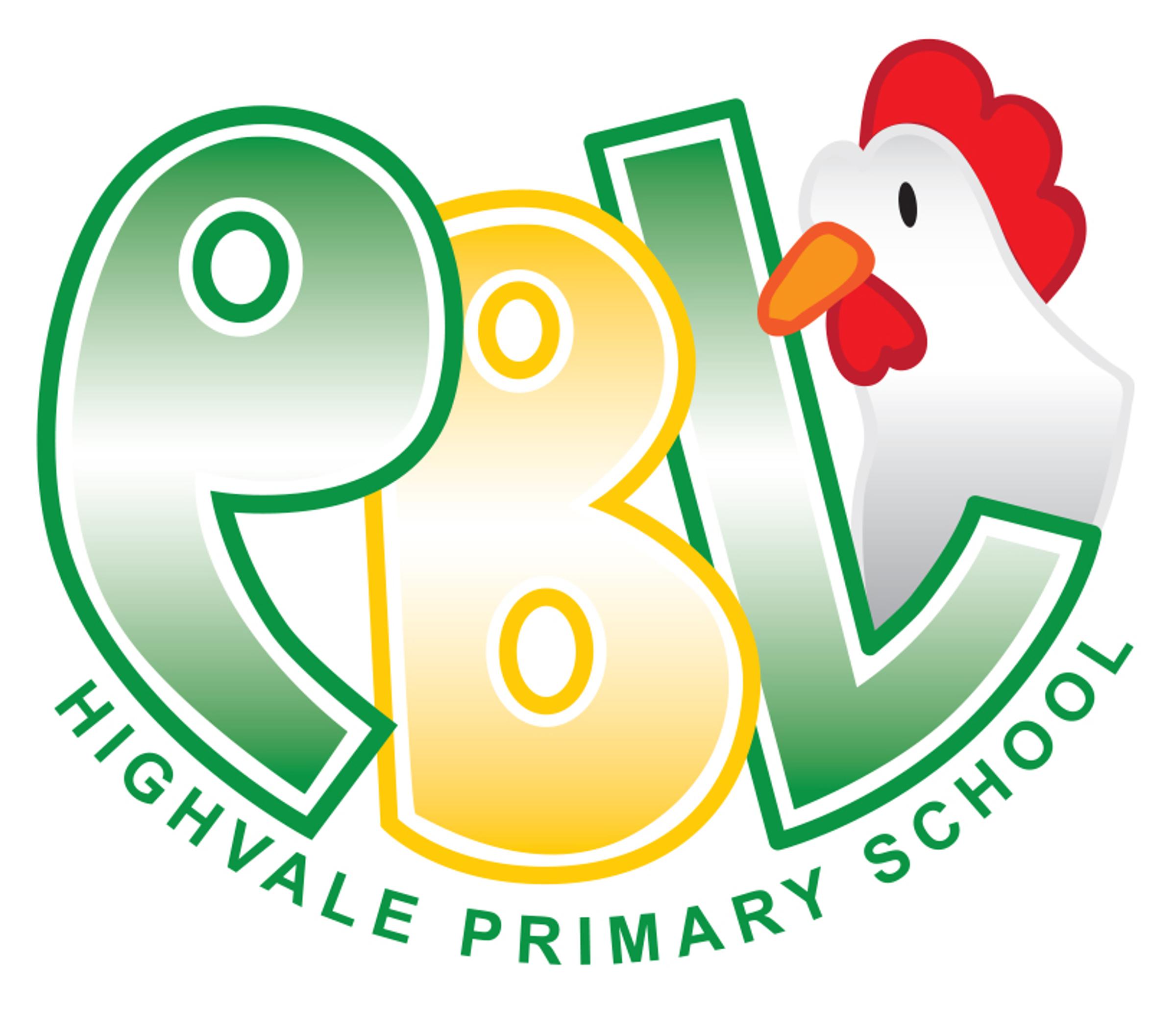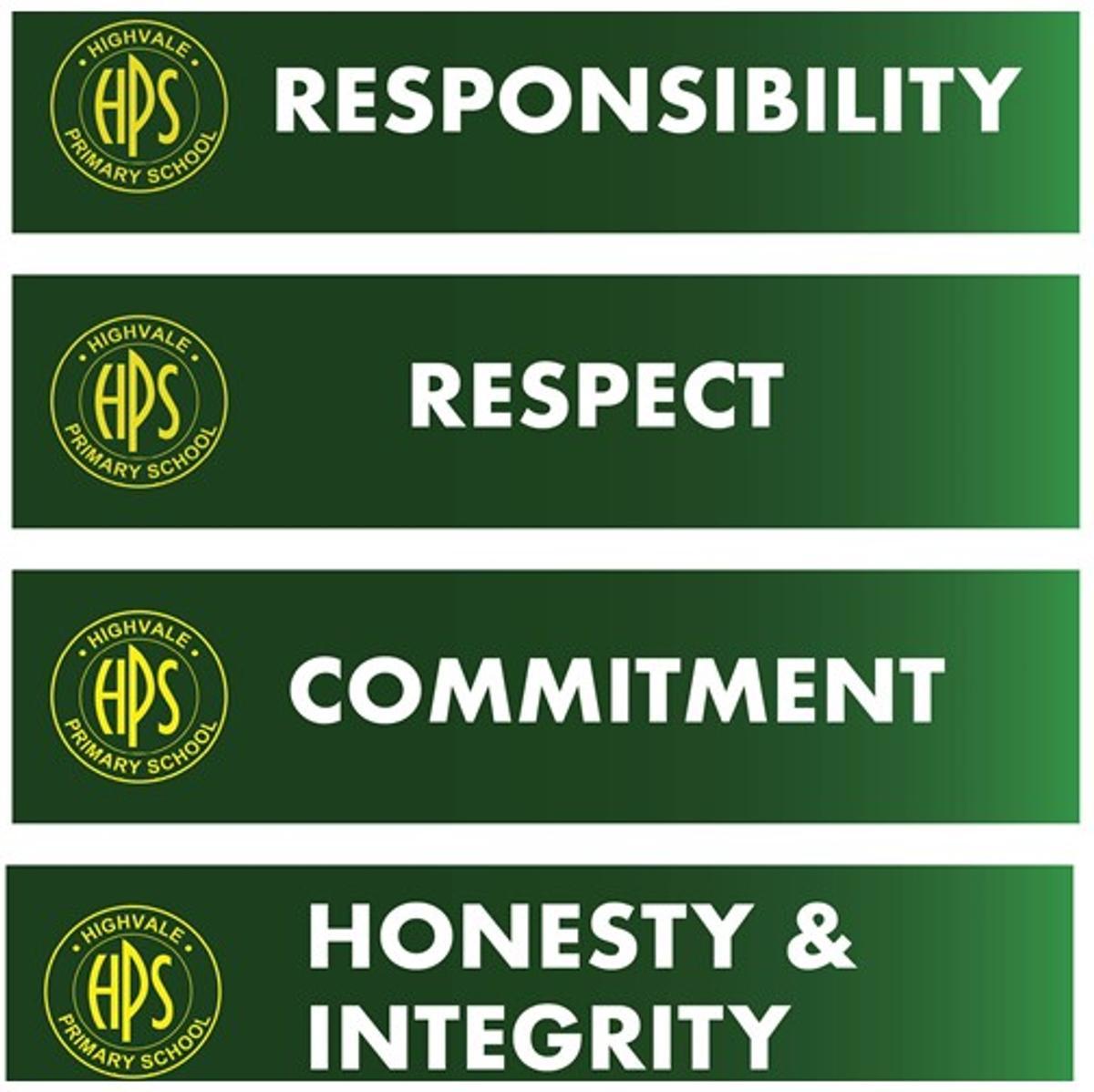Engagement & Wellbeing
Thursday 27 April

Engagement & Wellbeing
Thursday 27 April
It was great to see so many families at our SRC Movie Night. I know both my son and I enjoyed watching The Super Mario Bros. For those parents in the audience, there were a few Easter Eggs from our childhood if you spent any time playing video games! Thanks to Mrs. Sinclair and our SRC for a great night out.


This week is Cyber Safety week. Please see our School Stream for more information.


Social media sites have taken cyber bullying and harassment to a new level. Here’s how to keep your kids safe when online.
Cyber bullying is one of the biggest, safety issues facing young people today. Bullying and harassment online is now commonplace. For instance, over a third of teenage girls have been sexually harassed via the Internet.
The emergence of social media sites has seen cyber bullying go to a new level. Messages and images can now spread like wild fire reaching a huge potential audience in the time it takes to upload an image or shoot off a text message.
Once the family home offered young people an escape from schoolyard bullies. Now the cyber world is so invasive that their bedrooms offer no guarantees of safety any more.
The cyber world is enticing. Young people have always wanted to escape from their parents’ world. In the past they hung out in shopping centres and pool halls. Parents tried their best to keep an eye on where their children were and what they were doing.
The online world is now the shopping mall of the 21st Century. Parents have the same responsibility to help kids stay safe in the online world as they do in the real world. ‘Stranger danger’ and accompanying safe behaviours are just as relevant in the online world as they are in the real world.
Parents should use the same offline preventative strategies to maximise their children’s online safety as they’ve always used. These strategies include: teaching children about the right way to behave online; don’t let them spend all night in the cyber world; and ask questions about what they are doing and where they go when they’re online.
Parents need to remind kids that things in the online world can spin out of control very quickly. A written message or an image can be circulated electronically so rapidly that the scope and scale of cyber bullying can be greater than any other form of bullying.
The following seven key messages form the basis of an online safety strategy for kids. They should be taught to kids so they become second nature, just as the messages about stranger danger were absorbed by an earlier generation.
Make kids aware that what they send can offend. Discuss with kids the types of messages and images that can cause harm to others when sent. Teenagers often walk a fine line with what they do and say to each other offline, yet it’s relatively harmless. The same type of behaviour online however can be a different story.
Remind kids cyberspace is a very public and permanent forum. A text message or image sent to just one person can be passed to a potentially unlimited number. Once they are sent they’re almost impossible to erase and take back.
Teach kids to keep passwords guarded at all times. Young people can be incredibly trusting of each other, which is to be encouraged. However there are some things, such as online passwords that they don’t share, not even with their best friend.
Teach kids to block bullying messages. They can filter out messages and addresses online. Similarly, they can block text messages from bullies as well.
Bullies can retain proof of your response, which can further be spread around. Besides responding to bullying behaviour often simply encourages the bully to continue.
If kids are bullied they should keep the pictures and offending messages. These can be used as proof if the bullies are brought to justice.
The insidious part of bullying is that kids on the receiving end often don’t seek help, as they think there’s something wrong with them. Talk with kids about going to a trusted adult, when they feel their rights or safety have been violated. They should with your help report online bullying to the appropriate service provider.
Sticking the proverbial head in the sand regarding kids’ use of communications technology is no longer an option for parents. Savvy parents need to learn as much as they can about children’s and young people’s online lives so they can respond to situations appropriately.
By Michael Grose
Don't forget, listed below are a number of parent resources you can access at any time.
Take care,
Josh Crozier
Assistant Principal